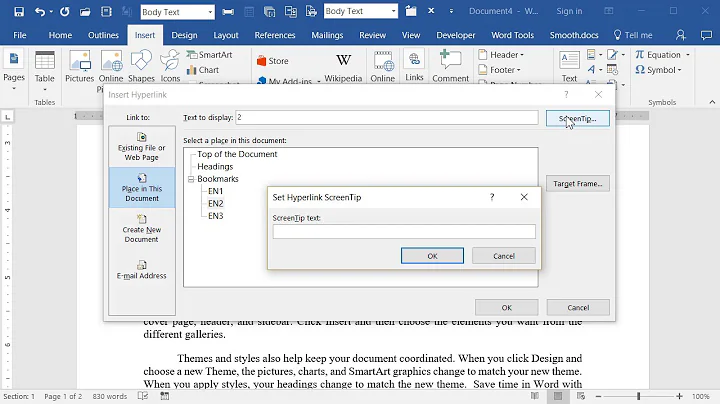Unveiling the Mystery: Box Plot and Skew
Table of Contents
- Introduction
- Understanding Boxplots
- Level Variation
- Skewness
- Comparing Data Sets
- Predicting Histogram Shape from Boxplots
- Examples of Skewed Boxplots
- Right Skew
- Left Skew
- Analyzing Skewness in Temperature Data
- Skewness in Each Month
- Outliers in Temperature Data
- Variation in Sleep Patterns
- Day with Most Variation
- Day with Most and Least Sleep
- Comparing Male and Female Oscar Winners
- Boxplot Analysis
- Conclusion
- FAQ
Introduction
In statistics, boxplots are a powerful tool for visualizing and understanding the variation present in data. They provide valuable insights about the level variation, skewness, and comparison of datasets. Additionally, boxplots can be used to predict the shape of a histogram, allowing for further analysis and interpretation.
Understanding Boxplots
Level Variation
A boxplot displays the variation within a dataset through its five summary statistics: the minimum value, first quartile (Q1), median (Q2), third quartile (Q3), and maximum value. These statistics allow us to understand the spread of the data. For example, if the box in the boxplot is wider, it indicates a larger level variation, while a narrower box suggests a smaller level variation.
Skewness
Skewness refers to the asymmetry of the data distribution. By examining the position of the median within the boxplot, we can determine the skewness. If the median is located towards the left of the box, the distribution is skewed to the left (negatively skewed). Conversely, if the median is towards the right of the box, the distribution is skewed to the right (positively skewed). A symmetrical distribution will have the median in the center of the box.
Comparing Data Sets
Boxplots can also be used to compare different datasets. By analyzing the level variation, median, and spread within the middle 50% of the data, we can make informed comparisons. For example, if we have two factories producing goods, we can compare their output by looking at the consistency of the data as well as the median value.
Predicting Histogram Shape from Boxplots
Boxplots can provide insights into the shape of a histogram. By analyzing the position and spread of the quartiles within the boxplot, we can make predictions about the distribution of the data in the histogram. For example, if the quartiles are evenly spread out and the data points are equally distributed, the histogram is likely to exhibit a uniform distribution. On the other hand, if the quartiles are concentrated towards one side with fewer data points on the other side, the histogram may exhibit skewness.
Examples of Skewed Boxplots
Right Skew
A right-skewed boxplot is characterized by a longer right tail and a median that is shifted towards the left. This indicates that there are more data points with higher values. The bars in the histogram corresponding to higher values will be taller, while those for lower values will be shorter.
Left Skew
A left-skewed boxplot is characterized by a longer left tail and a median that is shifted towards the right. This indicates that there are more data points with lower values. The bars in the histogram corresponding to lower values will be taller, while those for higher values will be shorter.
Analyzing Skewness in Temperature Data
By examining the skewness of temperature data over different months, we can gain insights into seasonal variations. Analyzing the boxplots for each month allows us to determine the direction and magnitude of skewness. Additionally, identifying outliers in the data can provide further insights into extreme temperature fluctuations.
Variation in Sleep Patterns
Boxplots can also be used to analyze variation in sleep patterns. By examining the boxplots for different days, we can identify the day with the most variation in sleep duration. Furthermore, by analyzing the distribution of sleep durations across different days, we can determine the day with the most and least amount of sleep on average.
Comparing Male and Female Oscar Winners
Boxplots can help us compare different groups of data, such as male and female Oscar winners. By analyzing the boxplots for each group, we can determine differences in the distribution of winning frequencies. This analysis can provide insights into any potential gender disparities in the film industry.
Conclusion
Boxplots are a valuable statistical tool that allows us to gain insights into the level variation, skewness, and comparison of data sets. By understanding how to interpret boxplots and predict histogram shapes, we can effectively analyze and interpret data. Additionally, boxplots provide a visual representation that aids in understanding complex statistical concepts.
FAQ
Q: What is the purpose of a boxplot?
A: The purpose of a boxplot is to provide a visual representation of the distribution, level variation, and skewness of a dataset.
Q: How can I interpret the skewness of a boxplot?
A: The skewness of a boxplot can be interpreted by examining the position of the median. If the median is towards the left of the box, the data distribution is negatively skewed. If the median is towards the right, the distribution is positively skewed.
Q: Can boxplots be used to compare different datasets?
A: Yes, boxplots are useful for comparing different datasets. By analyzing the level variation, median, and spread within the middle 50% of the data, comparisons can be made.
Q: How can boxplots help in predicting the shape of a histogram?
A: Boxplots provide insights into the quartiles and spread of data, allowing for predictions about the shape of a histogram. By examining the position and spread of the quartiles within the boxplot, we can make inferences about the distribution of the data in the histogram.
 WHY YOU SHOULD CHOOSE SaasVideoReviews
WHY YOU SHOULD CHOOSE SaasVideoReviews







